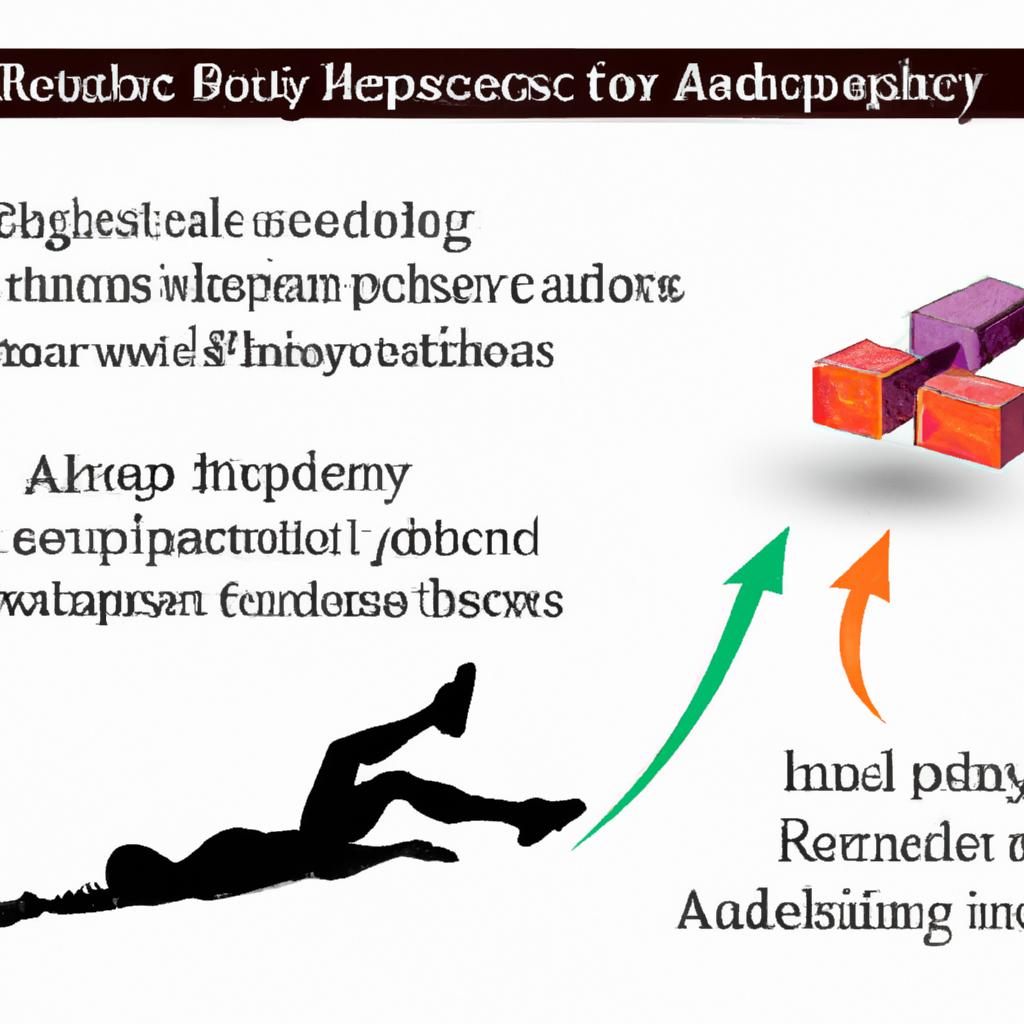**”The Role of Active Recovery in Enhancing Muscle Adaptation: Strategies to Optimize Recovery During Deload Weeks”**
The Role of Active Recovery in Enhancing Muscle Adaptation: Strategies to Optimize Recovery During Deload Weeks
Active recovery significantly enhances muscle adaptation during deload weeks. Deload weeks allow athletes to recover from training stress by reducing volume and intensity. Though it seems counterproductive, active recovery strategies boost performance and promote muscle adaptation.
Understanding Active Recovery
Active recovery involves low-intensity exercise after intense training. This approach promotes blood flow, delivering nutrients to muscles and removing waste products like lactic acid. This process speeds up healing and aids recovery.
Benefits of Active Recovery
Active recovery offers numerous benefits. It reduces muscle soreness, helping flush out toxins and easing discomfort from delayed onset muscle soreness (DOMS). It also maintains flexibility and mobility, preventing stiffness and improving range of motion, crucial for athletic performance.
Additionally, active recovery enhances mental health. Light exercise releases endorphins, which boost mood. During deload weeks, maintaining some activity can improve motivation and mental well-being.
Nutrition Tips for Deload Weeks
Nutrition plays a vital role in recovery during deload weeks. Proper fueling supports the recovery process. Focus on whole foods rich in nutrients to facilitate healing and muscle adaptation. Include a variety of fruits, vegetables, lean proteins, and whole grains in your diet. These foods provide essential vitamins and minerals for recovery.
Hydration
Hydration is critical for optimal recovery. Drink adequate water throughout the day to maintain bodily functions during reduced activity. Consider electrolyte-rich beverages after light workouts to replenish lost minerals. Proper hydration aids digestion, nutrient absorption, and temperature regulation, integral to effective recovery.
Supplementation
Utilize supplements to enhance recovery, but consult a healthcare professional before introducing new products. Omega-3 fatty acids can reduce inflammation, while branched-chain amino acids (BCAAs) support muscle repair and minimize breakdown. Other beneficial supplements include protein powders, vitamin D for bone health, and magnesium for muscle relaxation.
Exercise Advice for Active Recovery
During deload weeks, focus on low-intensity exercises that promote recovery without adding stress. Activities like walking, swimming, or leisurely cycling are effective. These exercises enhance blood circulation and facilitate recovery.
Conclusion
Active recovery, proper nutrition, hydration, and strategic supplementation optimize recovery during deload weeks. Prioritize these elements for improved muscle adaptation and overall performance.
Below are related products to the topic if you’re interested:
FAQ
What is active recovery and how does it benefit muscle adaptation during deload weeks?
Active recovery involves engaging in low-intensity exercise following intense training. It benefits muscle adaptation during deload weeks by promoting blood flow, which delivers essential nutrients to the muscles and helps remove waste products like lactic acid. This process accelerates healing, reduces muscle soreness, and enhances flexibility and mobility, ultimately contributing to improved athletic performance.
What nutrition strategies should I follow during deload weeks?
During deload weeks, it’s important to focus on whole foods rich in nutrients to support recovery. Incorporate a variety of fruits, vegetables, lean proteins, and whole grains into your diet. These foods provide essential vitamins and minerals that facilitate healing and muscle adaptation. Additionally, maintaining proper hydration is crucial, so ensure you drink adequate water throughout the day and consider electrolyte-rich beverages after light workouts.
What types of exercises are recommended for active recovery?
For effective active recovery during deload weeks, focus on low-intensity exercises that promote recovery without adding stress to the body. Recommended activities include walking, swimming, or leisurely cycling. These exercises enhance blood circulation, facilitate recovery, and help maintain an active lifestyle while allowing your body to recuperate.















Post Comment